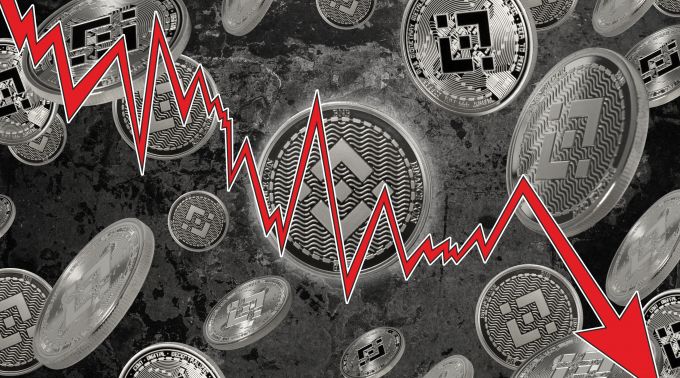
Binance's Spot Market Share Dips to 34.3% – What's Behind the Decline?Binance's Spot Market Share Dips to 34.3% – What's Behind the Decline? According to yesterday's report by cryptocurrency data provider CCData, Binance's spot market share has seen a notable decline, falling from 38.5% in August to 34.3% in September. This marks the seventh consecutive month of decreasing spot market share for the world's leading cryptocurrency exchange.The slump in Binance's market share isn't isolated to the spot market; the exchange has also lost ...
According to yesterday's report by cryptocurrency data provider CCData, Binance's spot market share has seen a notable decline, falling from 38.5% in August to 34.3% in September. This marks the seventh consecutive month of decreasing spot market share for the world's leading cryptocurrency exchange.
The slump in Binance's market share isn't isolated to the spot market; the exchange has also lost ground in the derivatives sector.
Meanwhile, competitors like HTX (formerly Huobi), Bybit, and DigiFinex have been gaining the spot trading volume that Binance has lost.
Binance's Shrinking Numbers
Data from CCData indicates that the slide in Binance's spot market share is not a one-off event but part of a larger trend. In January 2023, Binance's spot market share was as high as 55.2%.
Alongside this, Binance has also seen a worrying reduction in trading volumes. Specifically, the 7-day trading volume for Bitcoin (BTC) on the platform experienced a 57% decline since the beginning of September.
The fall in volume isn't confined to Bitcoin; around 12,230 BTC, or $330 million, as well as about 198,200 Ethereum (ETH), or $323 million, have been withheld from the platform since the beginning of August 2023.
Jacob Joseph, a research analyst at CCData, shed light on the situation, stating, "The halting of zero-fee trading promotion for popular trading pairs, combined with the concerns around the regulatory scrutiny on the exchange, has contributed to this decline."
The analyst highlighted that the end of promotional activities and ongoing legal challenges are important factors affecting Binance's spot market performance.
The Rise of Alte native Crypto Exchanges
As Binance's numbers dwindle, alternative exchanges are stepping in to fill the void, capturing the trading volume that Binance has lost. Exchanges like HTX (formerly known as Huobi), OKX, Bybit, Bitget, and DigiFinex have shown growth in their trading volumes over the same period.
These platforms have adopted aggressive strategies to lure traders. For example, some have initiated promotional campaigns offering lower fees, while others have focused on expanding their portfolio of tradable assets. These competitive offerings have made them attractive alternatives for users looking for more cost-effective or diverse trading options.
In terms of derivatives, these exchanges are also making headway. Platforms like OKX, Bybit, and Bitget have picked up market share in derivatives trading, which has been another area where Binance has seen a reduction. In August, Binance’s market share in the derivatives sector was 53.5%, but it fell to 51.5% in September.
Legal issues have compounded Binance's problems. The United States Securities and Exchange Commission (SEC) and the United States Commodity Futures Trading Commission (CFTC) have filed several lawsuits against Binance, Binance.US and Binance CEO, Changpeng Zhao. These lawsuits have undoubtedly influenced user trust and could be an important factor in the decline of the exchange's market share.
Promotional Activities Backfire
One of the key factors that initially bolstered Binance's trading volume was its zero-fee promotion. However, the ending of this promotion in September 2023 appears to have had an adverse impact. After the promotion ended, the platform’s share of all spot trading experienced a decline from 65% to 58.8%.
The 7-day average volume for the trading pair BTC/TrueUSD fell by 89% after the incentive expired, for example. This decline might indicate that users were attracted to Binance primarily for the zero-fee trading, and once that was discontinued, they moved to other platforms.
The decline in Binance's spot market share is the result of a confluence of factors, including increased competition, regulatory scrutiny, and perhaps a misstep in promotional strategy. While promotional activities like zero-fee trading can boost numbers in the short term, they may not be a sustainable strategy for retaining market share, especially when regulatory clouds loom large.




